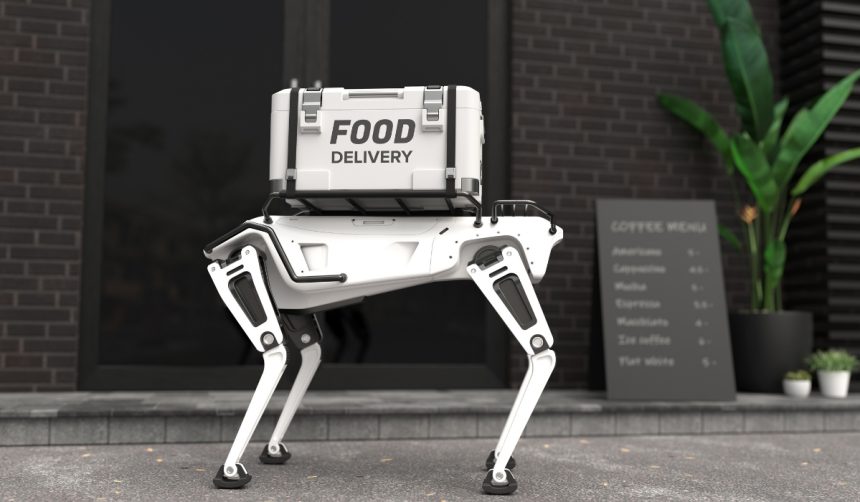Rapid shifts in e-commerce and supply chain demands are prompting warehouse operators to seek more efficient automation. As distribution centers deploy robotics to manage inventory and order fulfillment, the choice of underlying motion-control systems, like gearboxes, becomes a pivotal decision. Companies now regard accurate and durable motion components as necessary to meet their targets for uptime and consistency. The need for advanced gearboxes is being discussed by industry leaders, with some indicating that component selection will affect both the capabilities and returns on automation projects.
Discussions on motion-control technology have previously focused mainly on robot features such as picking speed or navigation, but recent events, like the upcoming webinar sponsored by GAM, put gearboxes and drives in the spotlight. Earlier materials often stressed broad automation platforms rather than subsystems; today’s conversations recognize the impact of gearboxes on error correction, energy consumption, and operating lifespan. This deeper examination mirrors the wider adoption of specialized warehouse robots and an increased emphasis on equipment-level decision-making.
Why Are Motion-Control Systems Central to Warehouse Robotics?
Motion-control systems, which include components like gearboxes, are fundamental for ensuring robots operate accurately and consistently. These subsystems underpin robots’ ability to handle tasks such as picking individual items and stacking pallets, where precision and repeatability are required. Reliability of these core components often determines the viability of large-scale automation in logistics environments.
Which Gearbox Suppliers Support Industry Automation Needs?
GAM, a recognized supplier of gearboxes, sponsors industry events to share knowledge on technology requirements and practical applications. Their involvement demonstrates how component manufacturers play roles in both education and product evolution. Such partnerships are critical as the automation market demands suppliers to adapt to both specialized and unified robotic designs.
How Do Experts Shape Industry Insights?
Gene Demaitre, editorial director for robotics at WTWH Media, leads discussions that explore not only product selection but also industry trends and survey results. His presentations draw on research by figures like Dan Kara, reflecting inputs from across the logistics sector.
“End users and integrators must carefully evaluate gearboxes and drives to address performance and longevity concerns in warehouse environments,”
Demaitre observes, bringing attention to the process behind choosing automation partners and suppliers.
Technical webinars, such as the June 3, 2025 event, encourage stakeholders to better understand the integration and selection challenges for robots in logistics. Specialized research and live forums help clarify the real implications of design choices, from hardware reliability to adapting robots for diverse warehouse layouts. Participants often gain an appreciation for supplier capabilities and the nuances of matching motion systems to application needs.
Understanding gearboxes’ role lays a practical foundation for anyone planning warehouse automation projects. Selection should be based on factors like targeted robot functions, reliability expectations, and the supplier’s commitment to ongoing support and improvement. Awareness of both general-purpose and highly specialized automation options helps buyers align technologies with their operational visions. Engaging with educational resources and industry-led surveys allows decision-makers to stay current with best practices in motion control, helping them avoid common pitfalls and maximize long-term value. As warehouse automation expands, professionals who grasp these core technical details—such as the specifics offered by GAM and discussed by experts—will navigate system integration with greater confidence and precision.










